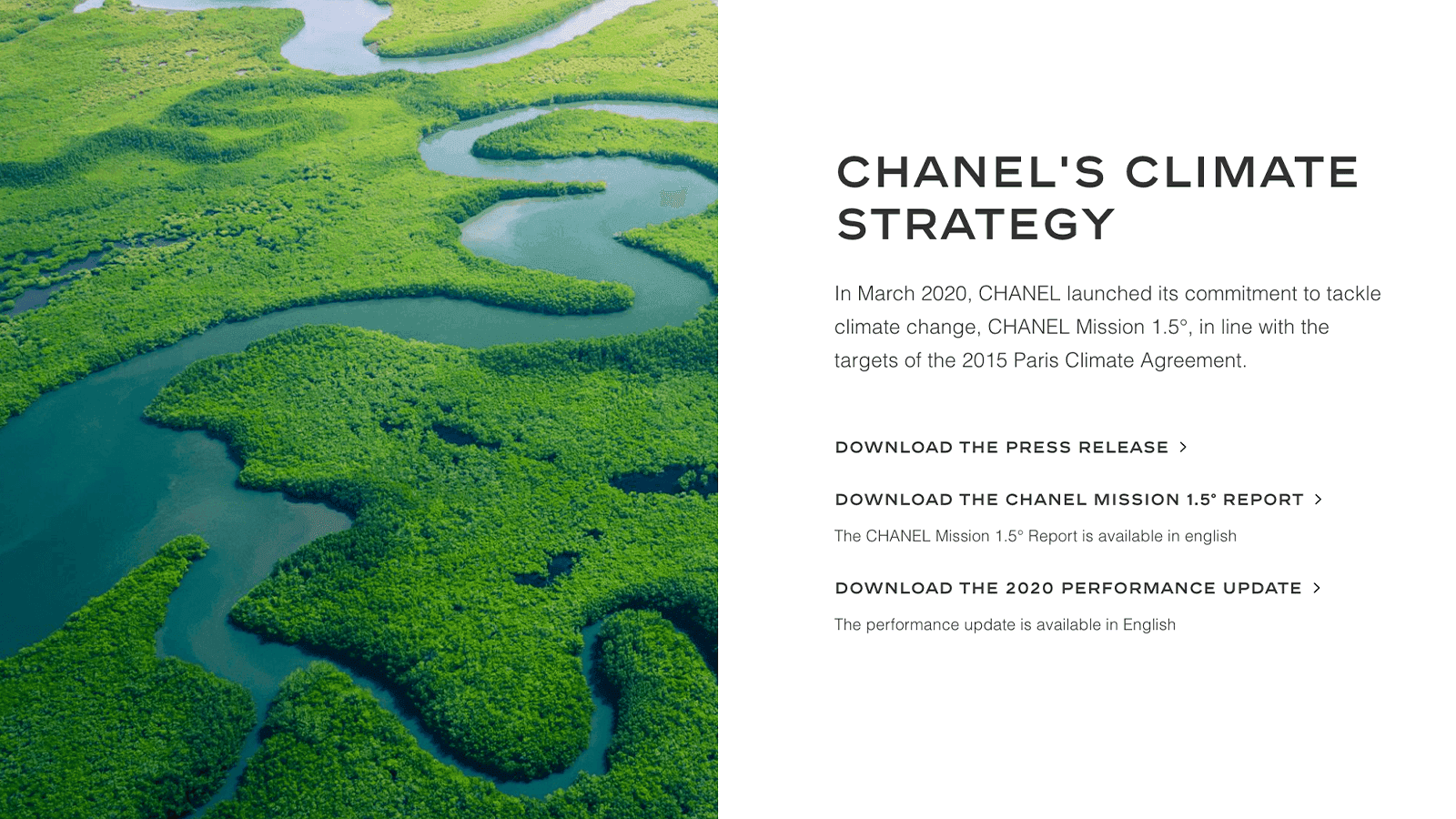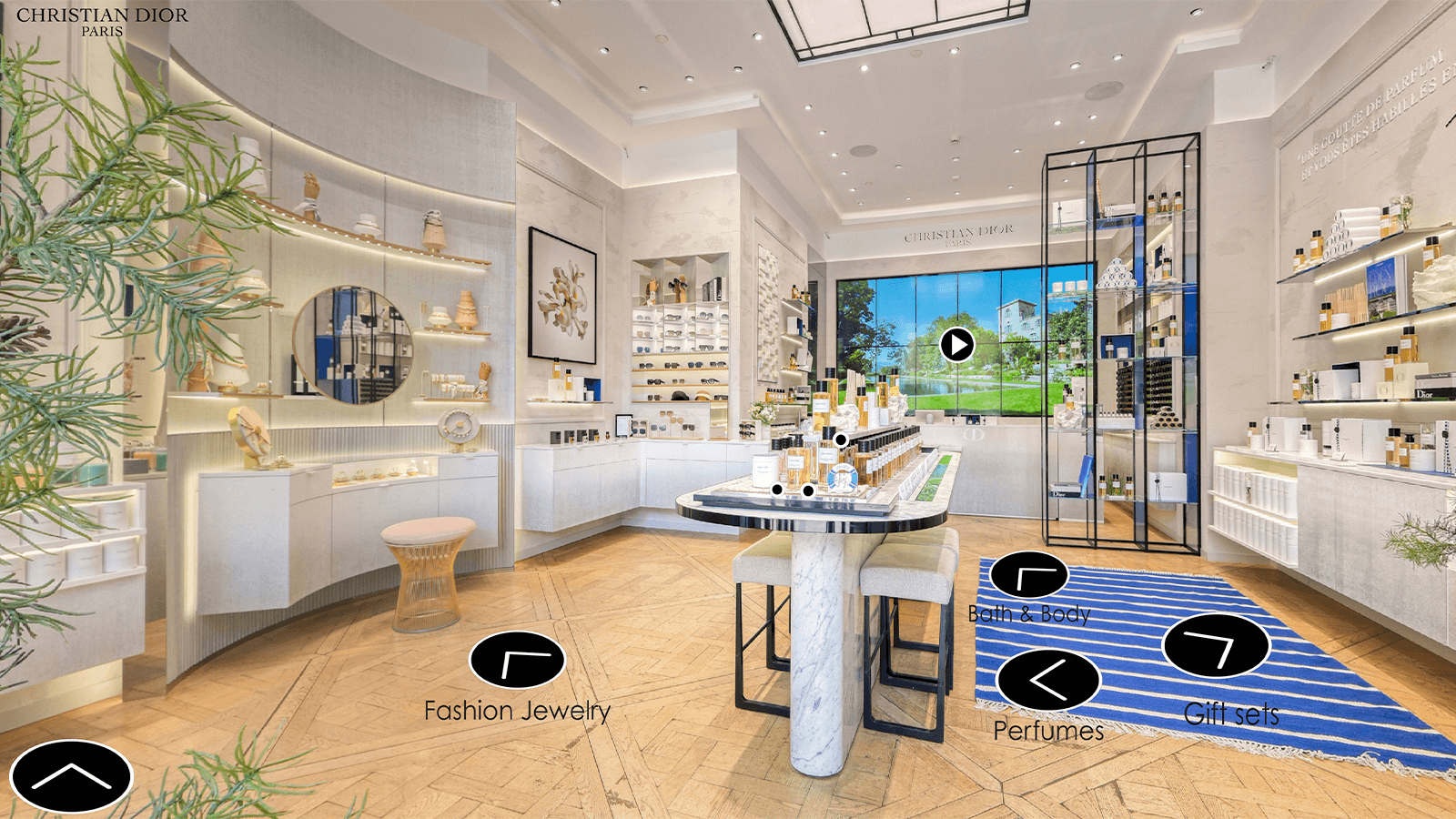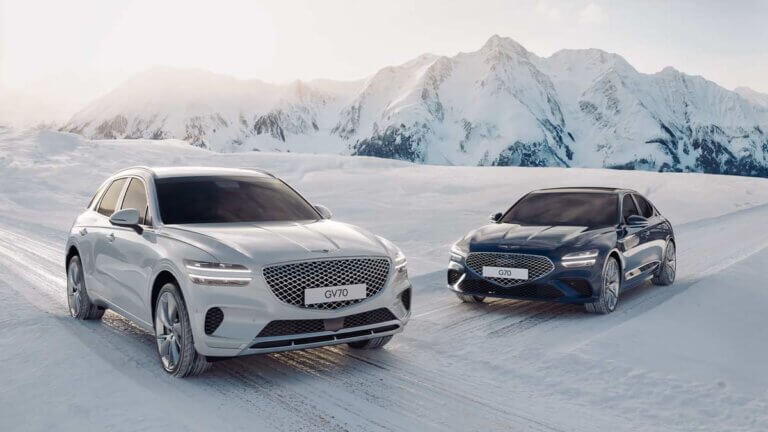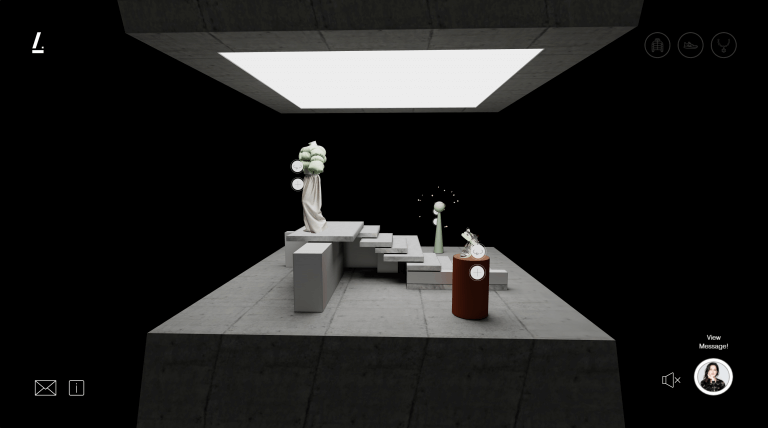Top luxury brands in 2021 are brainstorming new ways to boost their presence and sales. The luxury industry is one of the top industries that was hit hardest by the unforeseen pandemic. It has interfered with and altered many of the plans the luxury industry had. The main channel of luxury brands, its physical stores, no longer spread the word about its latest collections.
Additionally, the growing digital age has made it difficult for luxury brands to stay in their traditional shells. They can no longer limit their finest products to only a high-end audience. With the increasing influence of e-commerce and consumer buying power, brands face the difficulty of maintaining exclusivity. The preventive measures of the pandemic further pressured the industry to change its very core nature.
Also, the health emergency has drastically changed the behaviors of luxury consumers. According to Bain & Co, the luxury industry shrank down 23% from 2019 and returned to the 2014 level in 2020. Top brands like Gucci, Hermès, Chanel are scrambling to reach their consumers while maintaining their exclusivity in the digitized world.
Factors Re-molding the Luxury Industry
Changing Consumer Domain
Millennials and Generation Z currently drive the luxury industry. By 2025, they are expected to account for 45% of total high-end goods sales. This new consumer domain is redefining the meaning of luxury. Unlike their previous generations, the new buyers see luxury consumption as purposeful and as a way for personal fulfillment.
These digital natives also added new lifestyles, behaviors, and needs to the luxury mix. Brands are now modifying their traditional values and channels to cater to these tech-savvy customers.
Importance of Self-Reflection
Personalization is another big theme that is transforming how luxury brands design and promote their top-notch work. As opposed to generalization, audiences now prefer goods that reflect their personal selves and values. Luxury brand marketing is now viewing customization as the main key to appease these buyers.

Demand for Sustainability
Luxury brands, especially high fashion labels, account for a great percentage of the world’s pollution. Although fans of these brands’ craftsmanship, affluent consumers are more inclined towards labels that support green living. The social consciousness of the audience domain leaves brands no choice but to re-evaluate their production and promotion methods.
How will the Future of the Luxury Industry Look Like?
Promotions through 3D Art
3D rendering will take the front seat in digital marketing and advertising. The eco-friendly and robust 3D art will allow brands to showcase their luxury goods beyond imagination in a spectacular way. 3D animations, virtual spaces, brand avatars, and other 3D art provide brands with dynamic tools to reimagine their identities.
Virtual Models on the Runway
Virtual Models and Digital Runways rose during the health crisis. Many fashion brands showcased their latest collections on virtual models. Additionally, these real-life personas perfectly meet the requirements of sustainability, social distancing, and innovation. Many brands like Christian Dior, Louis Vuitton, Balmain, and Porsche use these models for their digital launches.
Social Media Runs the Show
Top luxury brands and social media were often at a crossroads before the digital era and the pandemic. As digitization accelerated, social media forced its way into the luxury realm. Many brands now promote themselves on social media platforms like Instagram, Snapchat. Through 3D visual and interactive content, they can be engaging and inspire the audience.
In the future, social media will be the main customer touchpoint and a source to spread brand awareness.

Experiences On the Front
The luxury industry will have to pay more attention to immersive and engaging virtual experiences in the increasingly digital world. More and more brands will use innovative 3D technologies like virtual and augmented reality to interact with consumers. Furthermore, live streaming will also be the main mode of launching new designs and collections.
Convenience and E-Commerce
After the imposition of lockdowns around the world, digital shopping sky-rocketed. The convenience of browsing and burying from one’s own space solidified into consumer behavior. Luxury brands will increase their presence on e-commerce platforms to reach and engage with the global audience. Considering the digital consumer behaviors, going further in promoting e-commerce channels is a must for luxury brands.
Importance of Social Responsibility
One more element will be added to the definition of luxury: Sustainability. Top luxury brands are already working on strategies that help them going green while maintaining superior product production. In the coming years, green living will be seen as a symbol of high-end status.
Luxury Brands: An Eye On the Future
Once synonymous with exclusivity and a closed-off industry, the luxury sector is slowly opening itself in digital times. They continue to create artistic, authentic, and alluring goods that never fail to grab the audiences’ attention. Going ahead, luxury brands have to acclimatize and accommodate many novel factors and trends to continue their legacies.

